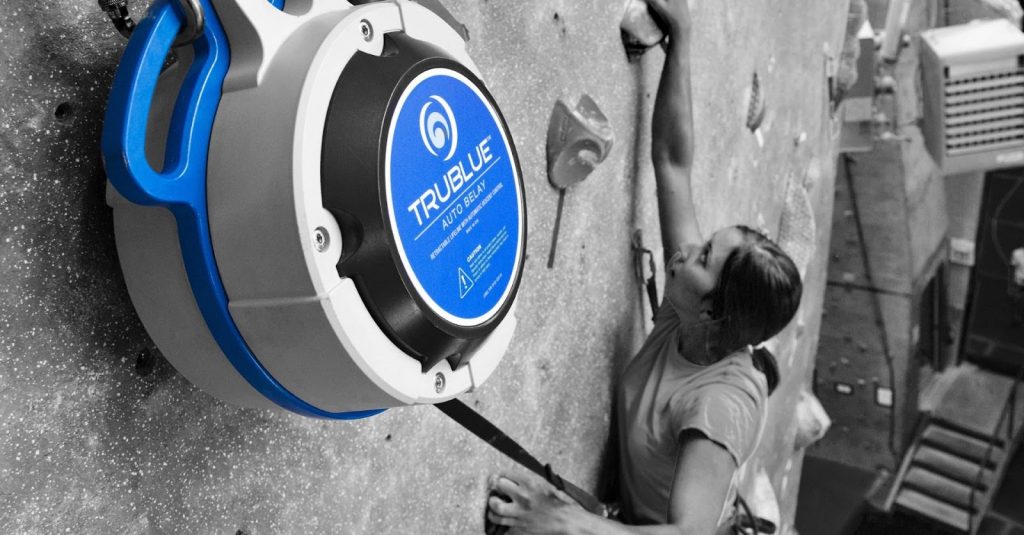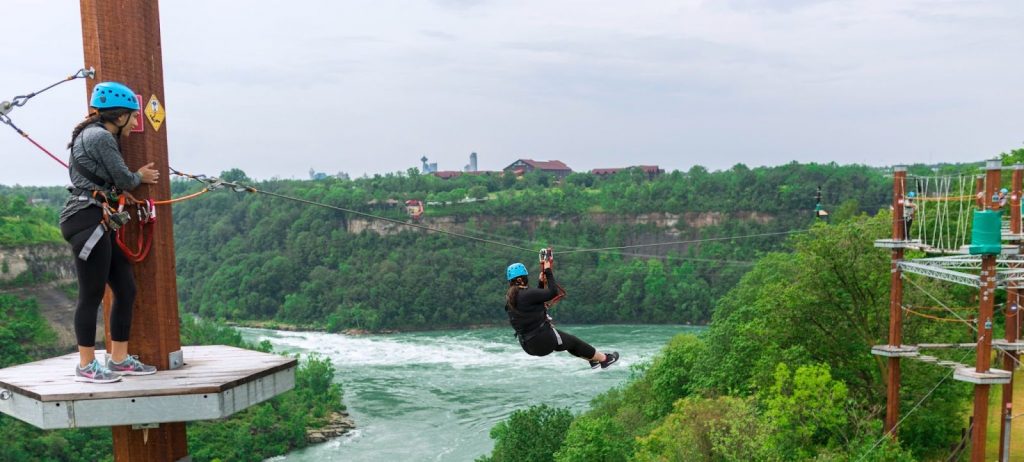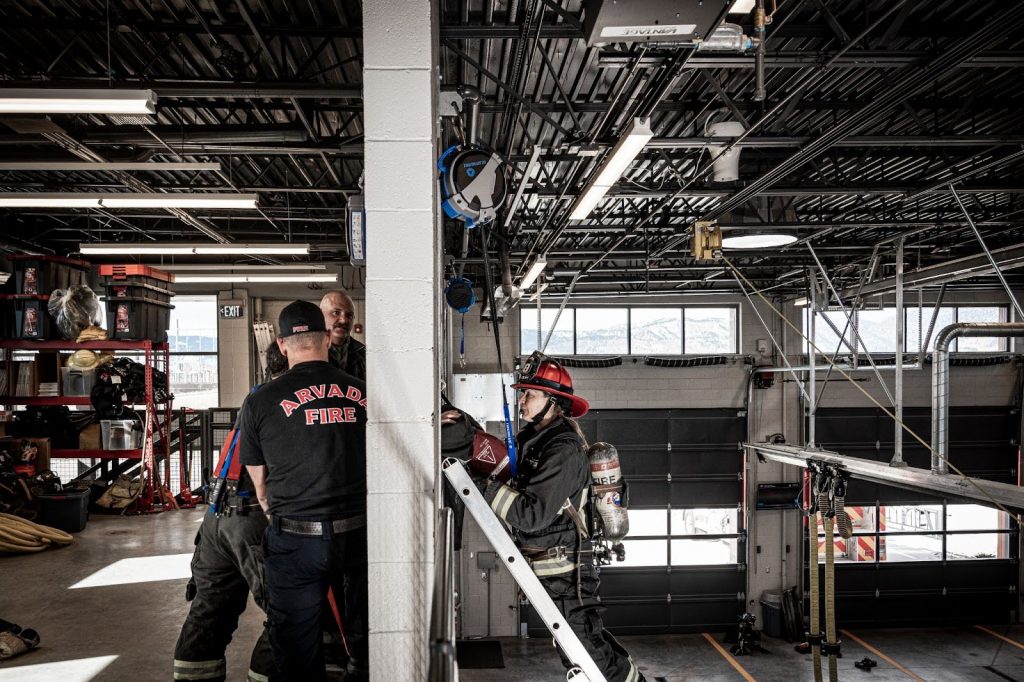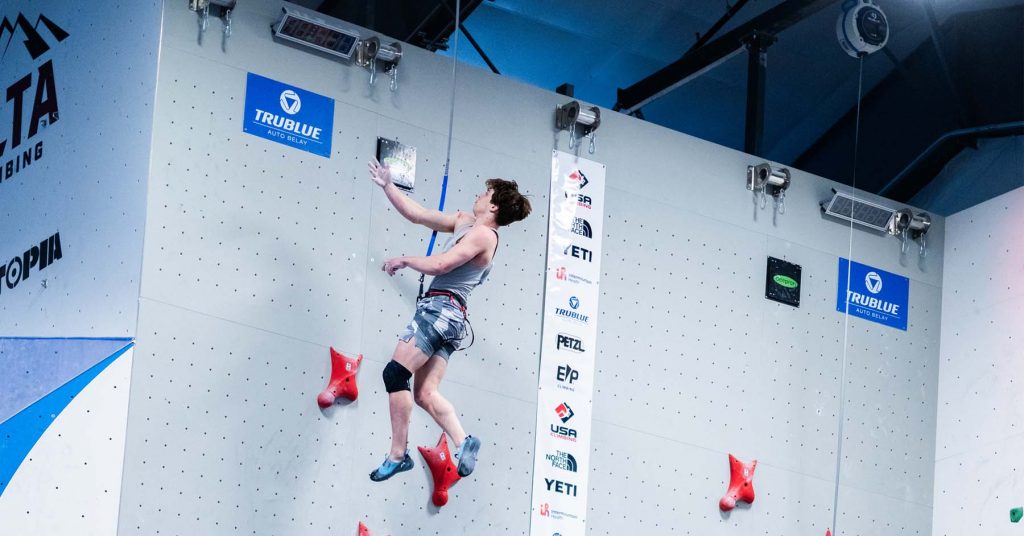Magnetic braking utilizes magnets to make an object slow down or stop. A far superior braking technology than friction, magnetic braking is smooth, reliable, and extremely safe. Because it is friction-free, it also results in longer lasting products with fewer replacement parts. That's why our patented magnetic braking system is the secret sauce behind our most popular devices, including the TRUBLUE Auto Belay, the zipSTOP zip line brake, and the QuickFlight free fall device.
Our Technology
OUR TECHNOLOGY
OUR TECH
WHAT IS MAGNETIC BRAKING?
WHAT IS MAGNETIC BRAKING?
Magnetic braking utilizes magnets to make an object slow down or stop. A far superior braking technology than friction, magnetic braking is smooth, reliable, and extremely safe. Because it is friction-free, it also results in longer lasting products with fewer replacement parts. That's why our patented magnetic braking system is the secret sauce behind our most popular devices, including the TRUBLUE Auto Belay, the zipSTOP zip line brake, and the QuickFlight free fall device.
HOW MAGNETIC BRAKING WORKS
When a user loads their weight onto one of our devices, centrifugal force sends aluminum rotor arms spinning into the magnetic field of stationary magnets within the device. The movement of aluminum past magnets creates a phenomenon called an “eddy current” within the device. Eddy currents are circular electrical currents, named because they flow like eddies in a river. The force of the eddy currents opposes the force of the magnets, providing resistance and slowing the release of webbing from the device.
HOW MAGNETIC BRAKING WORKS
When a user loads their weight onto one of our devices, centrifugal force sends aluminum rotor arms spinning into the magnetic field of stationary magnets within the device. The movement of aluminum past magnets creates a phenomenon called an “eddy current” within the device. Eddy currents are circular electrical currents, named because they flow like eddies in a river. The force of the eddy currents opposes the force of the magnets, providing resistance and slowing the release of webbing from the device.
ADVANTAGES OF MAGNETIC BRAKING
When it comes to braking, there are two major technologies to choose between: Magnetic and Friction. Why do Head Rush devices use Magnetic Braking? Let's compare:
| Magnetic | Friction | |
|---|---|---|
| Magnetic braking systems rely on eddy currents that oppose changes in the magnetic field. This opposing force between the magnets and conductive arms in the auto belay creates drag. This field is always active but intensifies as the centrifugal force moves the conductive arms over the magnets. | PHYSICS |
Friction braking systems, like the one used in the Perfect Descent auto belay, rely on the resistance to motion of one object moving relative to another. This friction is triggered by the centrifugal force created by the climber as they descend. |
| Centrifugal force pulls the conductive arms on the rotor into the magnetic field which induces tiny electric currents inside the drum. These unique, circular currents (called Eddy Currents) generate their own magnetic field back onto the spinning rotor arms, which opposes the release of the webbing spool. | MECHANICS |
Centrifugal force pushes internal brake pads out against the braking drum, thereby slowing your descent to a safe and controlled speed. If the brake was always active, the webbing would retract very slowly, so these devices typically use a clutch system to disengage the brake during ascent (retraction). |
| The more the climber weighs, the more conductive material enters the magnetic field, the more braking is applied. Thus, magnetic auto belays are self-regulating, offering the same descent experience to climbers of all weight types. | DESCENT |
Friction braking mechanism will create a descent experience that will vary by the weight of the climber. |
| A magnetic braking auto belay endures cycle after cycle without deterioration of braking performance. There are no contacting, sacrificial wear parts that degrade in proportion to the number of climbs, which is why magnetic auto belays are more often used for high throughput facilities. | WEAR AND TEAR |
Friction brakes create high thermal energy inside the device, causing the braking mechanism to deteriorate (a phenomenon called brake fade), resulting in increased descent speeds during heavy use. A friction brake will deteriorate as the number of cycles increases because the brake dust itself affects the braking mechanism, and the heat also reduces braking friction. |
| Since magnetic brakes use non-contacting components, dust and rain will not affect the brakes' performance under normal conditions. | PERFORMANCE OUTSIDE |
If a foreign substance, like water, gets inside of a friction drum brake, it can change the frictional properties of the brake mechanism. |
| Suitable for the types of dynamic loading and “slack” falls that are common in climbing. | DYNAMICS |
Not recommended for dynamic loading and “slack” falls, as these cause damage to the internal components. |
| Non-contacting components reduce service cost for braking components. | SERVICE |
Friction brakes require re-placement of brake pads as they wear. |
ADVANTAGES OF MAGNETIC BRAKING
When it comes to braking, there are two major technologies to choose between: Magnetic and Friction. Why do Head Rush devices use Magnetic Braking? Let's compare:

PHYSICS
Magnetic
Magnetic braking systems rely on eddy currents that oppose changes in the magnetic field. This opposing force between the magnets and conductive arms in the auto belay creates drag. This field is always active but intensifies as the centrifugal force moves the conductive arms over the magnets.
Friction
Friction braking systems, like the one used in the Perfect Descent auto belay, rely on the resistance to motion of one object moving relative to another. This friction is triggered by the centrifugal force created by the climber as they descend.

MECHANICS
Magnetic
Centrifugal force pulls the conductive arms on the rotor into the magnetic field which induces tiny electric currents inside the drum. These unique, circular currents (called Eddy Currents) generate their own magnetic field back onto the spinning rotor arms, which opposes the release of the webbing spool.
Friction
Centrifugal force pushes internal brake pads out against the braking drum, thereby slowing your descent to a safe and controlled speed. If the brake was always active, the webbing would retract very slowly, so these devices typically use a clutch system to disengage the brake during ascent (retraction).

DESCENT
Magnetic
The more the climber weighs, the more conductive material enters the magnetic field, the more braking is applied. Thus, magnetic auto belays are self-regulating, offering the same descent experience to climbers of all weight types.
Friction
Friction braking mechanism will create a descent experience that will vary by the weight of the climber.

WEAR AND TEAR
Magnetic
A magnetic braking auto belay endures cycle after cycle without deterioration of braking performance. There are no contacting, sacrificial wear parts that degrade in proportion to the number of climbs, which is why magnetic auto belays are more often used for high throughput facilities.
Friction
Friction brakes create high thermal energy inside the device, causing the braking mechanism to deteriorate (a phenomenon called brake fade), resulting in increased descent speeds during heavy use. A friction brake will deteriorate as the number of cycles increases because the brake dust itself affects the braking mechanism, and the heat also reduces braking friction.

PERFORMANCE OUTSIDE
Magnetic
Since magnetic brakes use non-contacting components, dust and rain will not affect the brakes' performance under normal conditions.
Friction
If a foreign substance, like water, gets inside of a friction drum brake, it can change the frictional properties of the brake mechanism.

DYNAMICS
Magnetic
Suitable for the types of dynamic loading and “slack” falls that are common in climbing.
Friction
Not recommended for dynamic loading and “slack” falls, as these cause damage to the internal components.

SERVICE
Magnetic
Non-contacting components reduce service cost for braking components. Recertification by an authorized service center is required annually.
Friction
Friction brakes require re-placement of brake pads as they wear. Typical service inspection is every 6 months.
CERTIFIED TO THE MAX
As one of the world's leading manufactures of adventure equipment, we believe it is our responsibility to take the lead in regulation and safety requirements. That's why all of our equipment is third-party tested to the highest safety standards.
TRUBLUE AUTO BELAY
With roughly one billion descents protected each year, we have the most field tested auto belay in the world.
ZIPSTOP ZIP LINE BRAKE
Our zip line brakes are trusted for the longest, fastest, and most outrageous zip lines in the world.
QUICKFLIGHT FREE FALL DEVICE
Combining the thrill of bungee jumping with the highest third-party safety certifications.
CERTIFIED TO THE MAX
As one of the world's leading manufactures of adventure equipment, we believe it is our responsibility to take the lead in regulation and safety requirements. That's why all of our equipment is third-party tested to the highest safety standards.
TRUBLUE AUTO BELAY
With roughly one billion descents protected each year, we have the most field tested auto belay in the world.
ZIPSTOP ZIP LINE BRAKE
Our zip line brakes are trusted for the longest, fastest, and most outrageous zip lines in the world.
QUICKFLIGHT FREE FALL DEVICE
Combining the thrill of bungee jumping with the highest third-party safety certifications.




